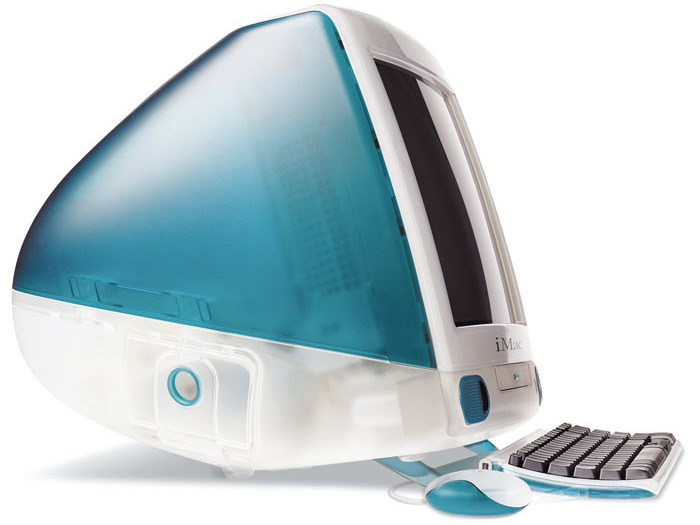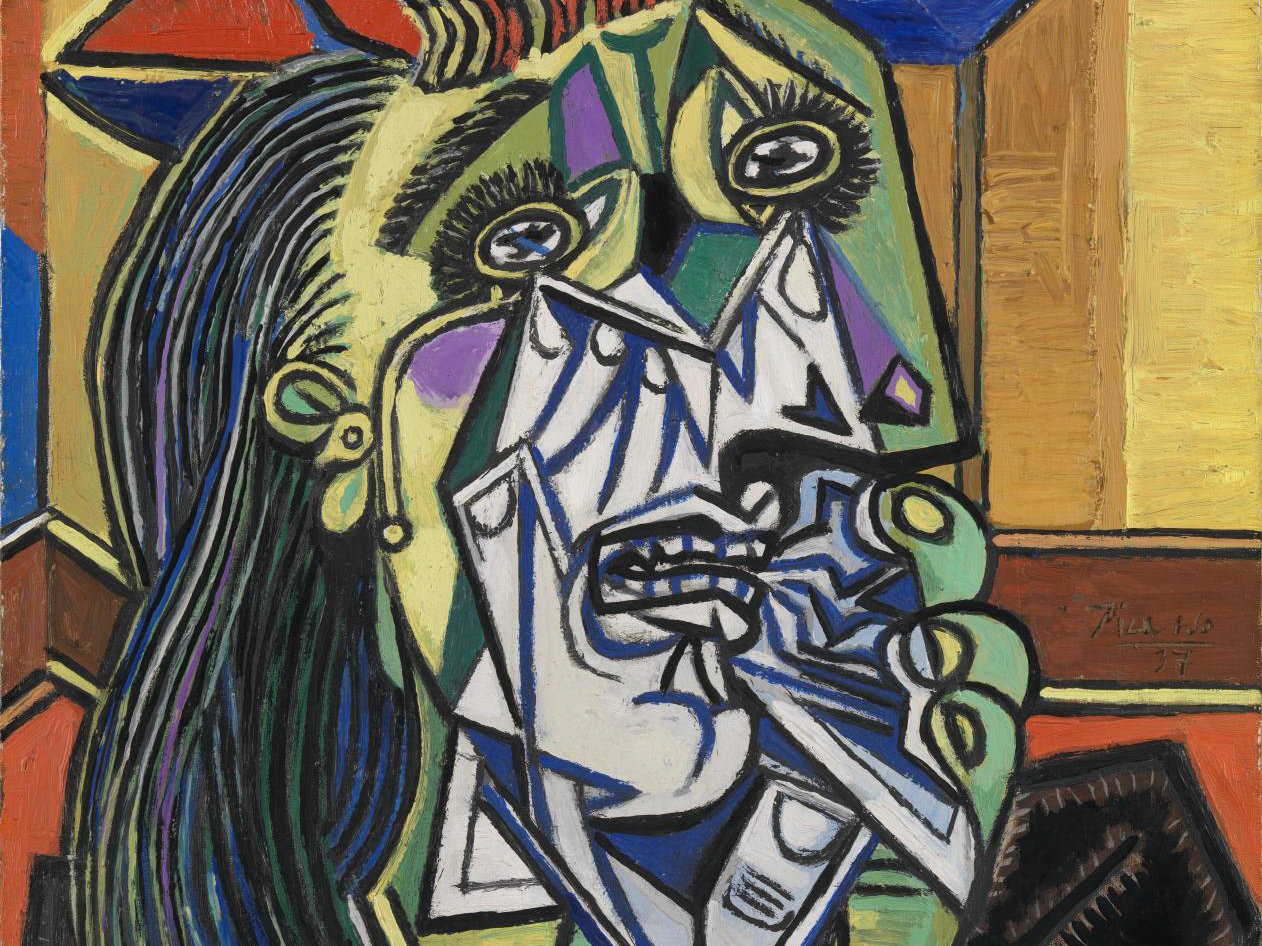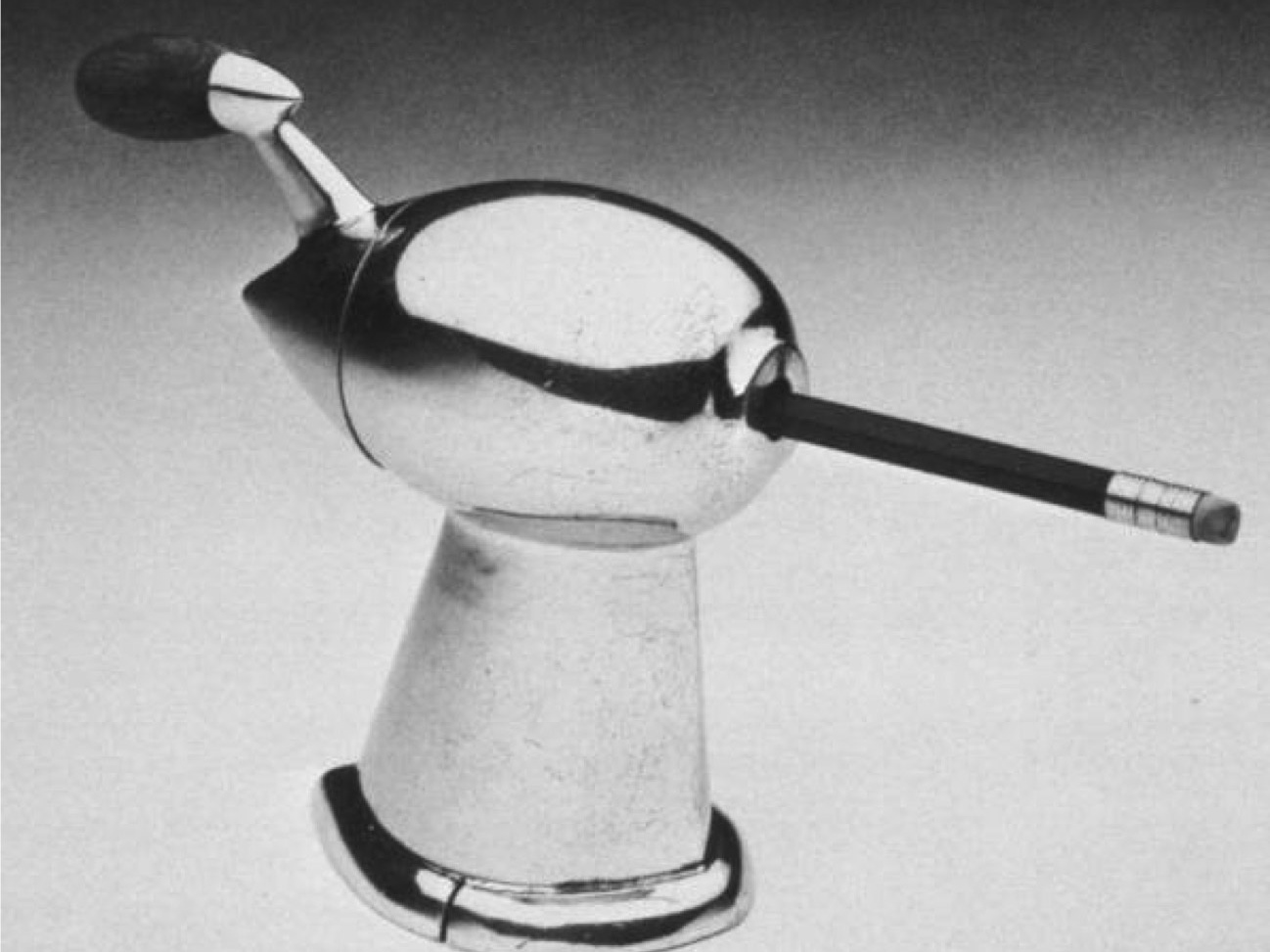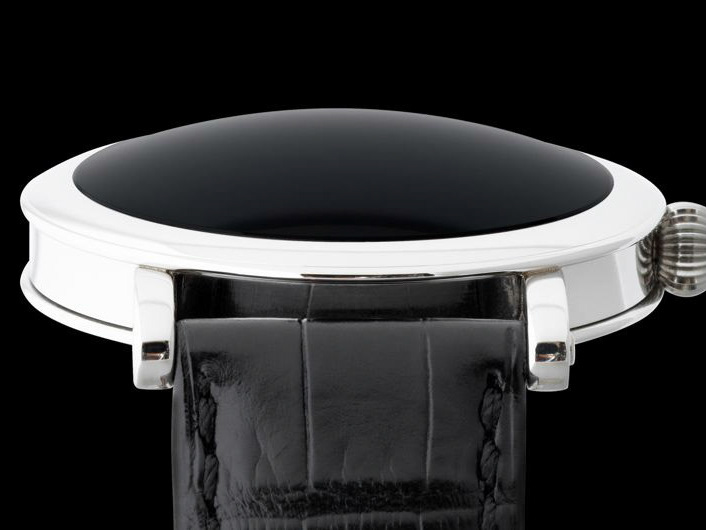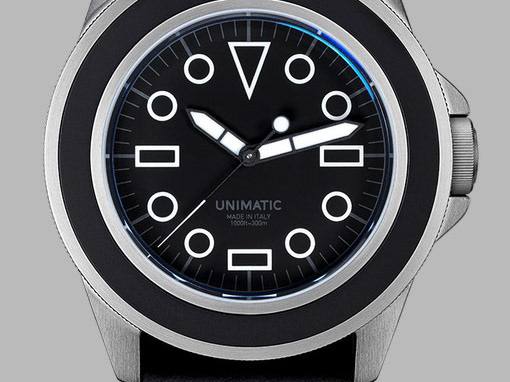I have heard in conversation that someone would rather buy an experience than an object (frequently talking about millenials as a group). This led me to think about the implied dichotomy between objects and events (what is implied by experience).
Now, I may be a bit biased given my profession, however, I do not think that one can separate experience from object.
In a literal sense, objects can of course enable experience (e.g. a car enables one to go on trips or places that are experiences, or, in a slightly more abstract way a plane ticket enables similar experiences), this I do not think anyone would disagree with.
But this is not where the conversation need end. I would argue that ANY object, can not only enable experience, but become one in itself.
In a archeological/anthropological view, all objects exist as artifacts and physical embodiments of experience. For example, a dug up musical instrument, or garment, survives the ephemeral nature of the experience it was a part of. One could even say that until that object was found, the knowledge of that experience was lost into the ether of the past, only to condense again an imagined experience when found.
Of course, there is no way to literally not experience an object when encountered. A painting is experienced when viewed. A jacket is experienced in the action of putting it on, as well as the warmth it provides. A ring is experienced in the idle twisting around one's finger when waiting at the bus stop. Examples are endless and the existence of these experiences immutable.
But beyond even that, the variety of objects and objects creations is proof enough that objects are physical experiences.
Example
Take the two watches below. Ostensibly, they offer identical utility. They are both 316L stainless steel, they have dark dials with light indices for enhanced underwater legibility, they are water resistant to 300 meters, they have rotating timing bezels, they tell the time with the exact same Seiko NH35 automatic movement, and they both are on fully water resistant straps.
And yet.
Each is the physical manifestation of a different imagined (though still very really felt) experience.
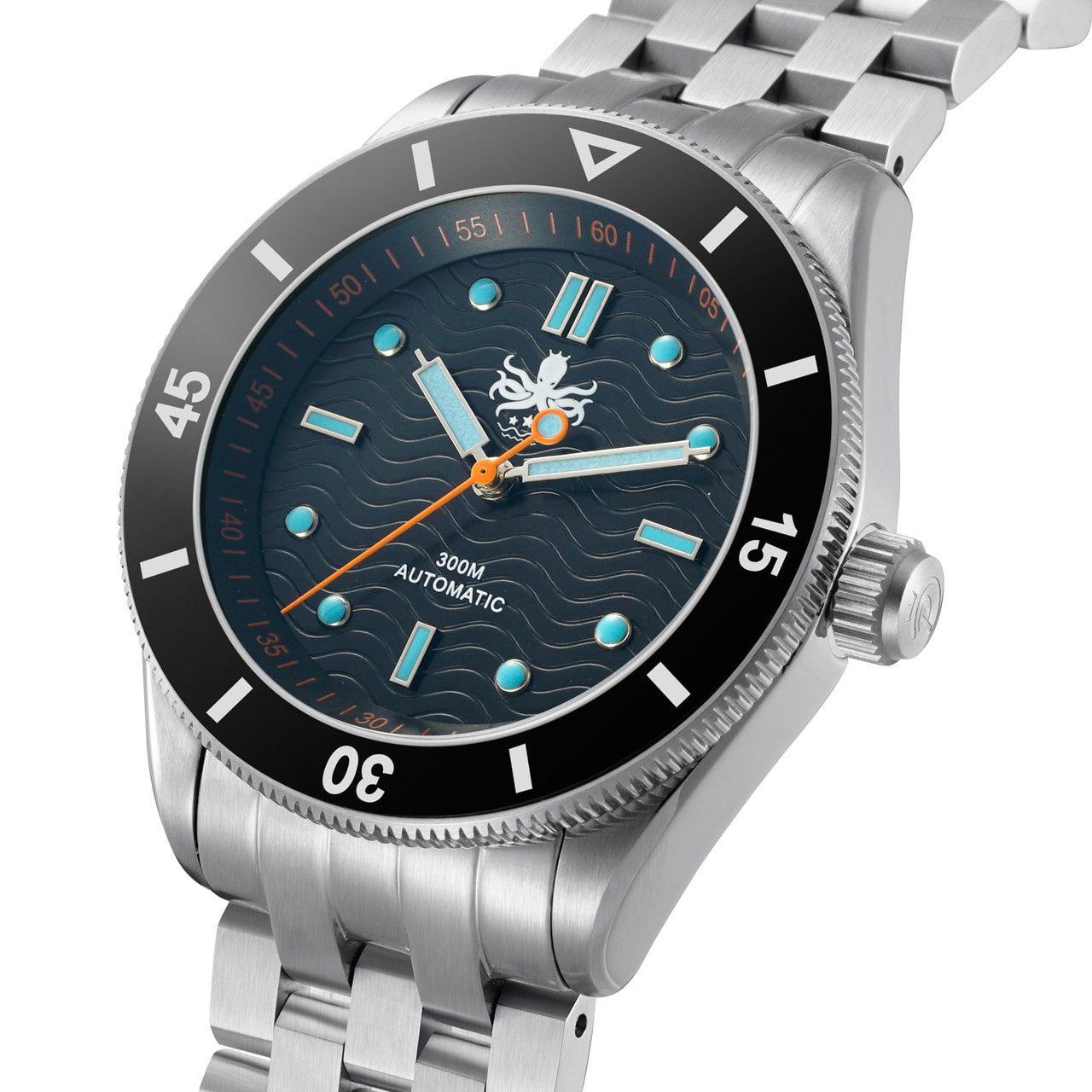
The Phoibos Wave Master PY009C
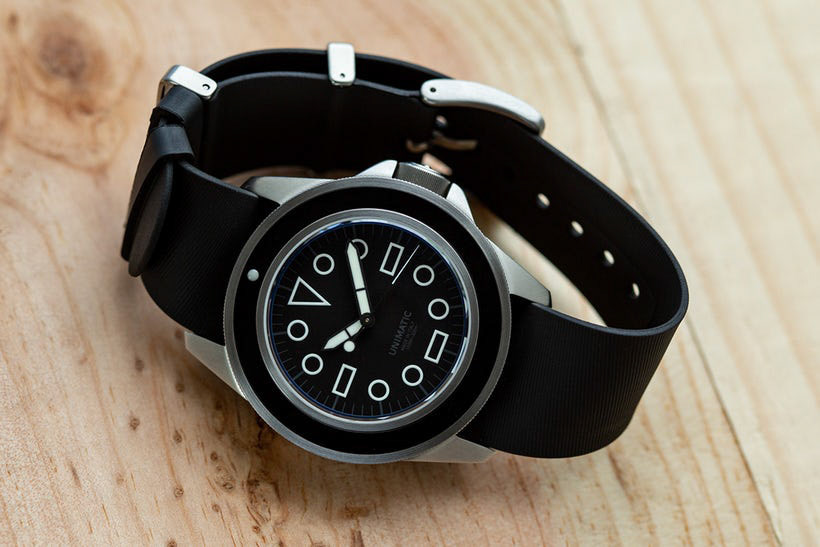
The Unimatic U1-EM
Now, I won't presume the experience you feel when you see them, however, I will share mine.
The first watch is the experience of a summer day, sun-filled, and sandy-beached.
The second is the experience of wearing a crisp white shirt, sitting in the studio, pencil (or pen) in hand.
I recognize the specificity of these experiences. My point is to raise awareness to a shared recognition that each object, while identical in utility, are night and day different in experience. The experience of the summer day can be brought to me on a rainy day in a land-locked country as clearly as being there when experiencing the first object.
Another example comes from comparing the proposed crew capsuls from SpaceX and Boeing.
They are both products created in a similar context: same time period, same country of origin, same brief.
And yet, like with the watches, the experience felt when viewing these are totally different. Whatever aesthetic judgement (hard vs soft, warm vs cold, etc.) you ascribe, there is definitely a difference, and not one of utility.
Conclusion
I do not mean to suggest that objects and events are interchangeable.
My goal is to share a way of seeing the world that surrounds us (which is full of objects, both natural and man-made) with an appreciation of the experiences that reside in and through the enjoyment of the objects and products we inevitably encounter.
As designers the unique skill we bring to the table is the ability to conciously control and facilitate the experience instilled within our products. There is a responsibility that comes with this, as the quality of experience is what is most viscerally (though often subconciously) felt by a user, and can become the difference between the object being treated as disposable or being cherished indefinitely.
Additionally, as implied above, while the utility of these watches are identical, the functions (which includes this element of experience) are quite different. For further discussion of this, please check out my post, 'Form and Function'.
Further Reading
Art as Experience - John Dewey


